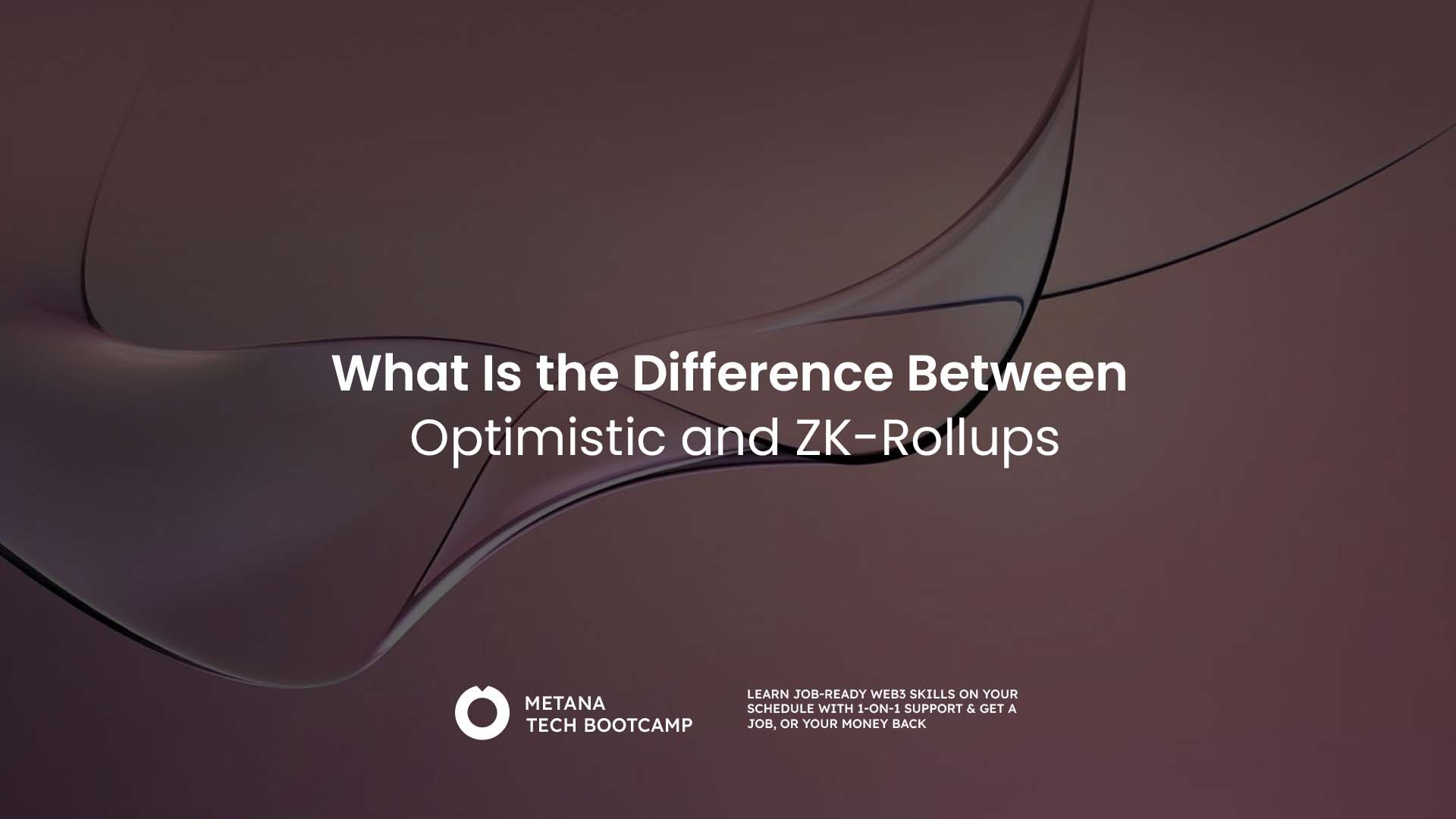
Understanding Optimistic vs ZK-Rollups: Key Differences Explained

image
Ethereum scaling solutions address network congestion through Layer 2 protocols, with Optimistic and ZK-Rollups being the two main approaches. These solutions process transactions off the main chain while inheriting Ethereum's security.
Optimistic Rollups process transactions on a separate chain and assume all transactions are valid by default. They only verify transactions when someone suspects fraud, using a "fraud proof" system. This approach offers high throughput and compatibility with existing Ethereum tools, but requires a waiting period (usually 7 days) for withdrawals.
ZK-Rollups (Zero-Knowledge Rollups) mathematically prove the validity of every transaction batch using complex cryptography. They generate "validity proofs" that confirm transactions are correct without revealing the underlying data. This provides faster finality and enhanced privacy, but requires more sophisticated technology and can be computationally intensive.
Key Differences:
- Speed: ZK-Rollups offer faster finality while Optimistic Rollups have withdrawal delays
- Privacy: ZK-Rollups provide better privacy through zero-knowledge proofs
- Complexity: Optimistic Rollups are simpler to implement and more compatible with existing tools
- Cost: ZK-Rollups typically have higher computational costs due to complex cryptography
- Security: Both maintain strong security but use different verification methods
Popular Examples:
- Optimistic Rollups: Optimism, Arbitrum
- ZK-Rollups: zkSync, StarkNet, Polygon zkEVM
Both solutions effectively scale Ethereum, with the choice between them depending on specific use case requirements for speed, privacy, and compatibility.
